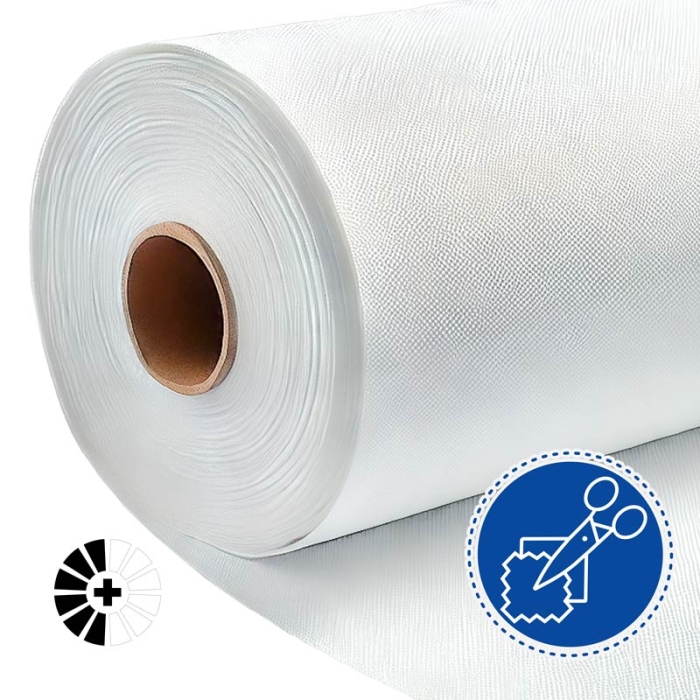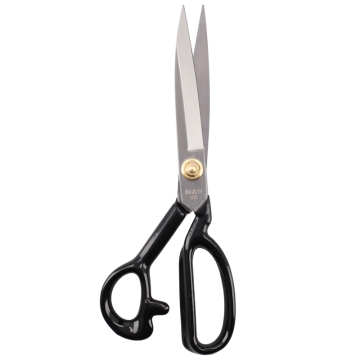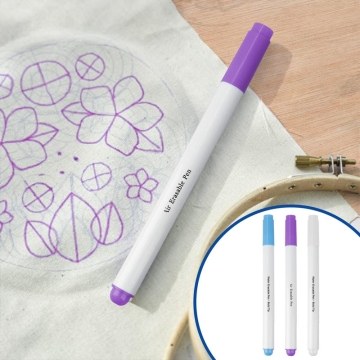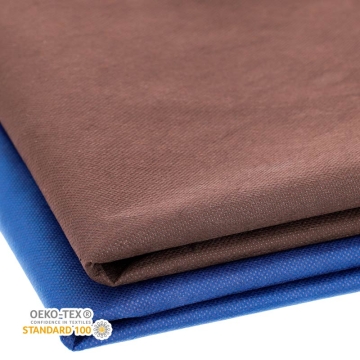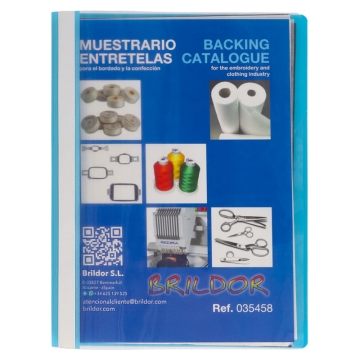Tear-away Interfacings – 100% Polypropylene
Tear-away Interfacings – 100% Polypropylene
Cutaway interfacings, for embroidery where the interfacing is part of the final design.
Perfect for fine fabrics or knits and textiles that are not garments.
- Non-woven fabric (TST) made of 100% polypropylene, available in white or black
More information
https://www.brildor.com/en/tear-away-interfacings-100-polypropylene
14991
Tear-away Interfacings – 100% Polypropylene
<p><a name="know-more"></a></p>
<h2>More information about the Tear-away Interfacings – 100% Polypropylene</h2>
<p> </p>
<p><strong>INDEX</strong></p>
<p>> <a href="#know-more1">Description</a></p>
<p>> <a href="#know-more2">Things to keep in mind</a></p>
<p>> <a href="#know-more5">Tips and advice</a></p>
<p>> <a href="#know-more0">Information table</a></p>
<p>> <a href="#know-more4">Related posts</a></p>
<p> </p>
<p><a name="know-more1"></a></p>
<p><strong>DESCRIPTION</strong></p>
<ul>
<li>They are not completely removed; they remain in the embroidery once finished. They prevent distortion with use and washing</li>
<li>Versatile and durable, perfect for <span style="font-weight: 400;">applications requiring durability and moisture resistance</span></li>
<li>In elastic and open-weave fabrics, they prevent stitches from being lost or hidden within the fabric</li>
<li>Useful for textiles that are not garments, where fabric stiffness is not an issue</li>
<li>Can also be used on thin or easily wrinkled fabrics, leathers, and velvets</li>
<li>You will find the interfacing sample in <strong>Related Products</strong></li>
</ul>
<p> </p>
<p><a style="background-image: url('img/anchor.gif');" name="know-more2"></a></p>
<p><strong>THINGS TO KEEP IN MIND</strong></p>
<ul>
<li>Carefully trim excess interfacing by hand, avoiding cutting close to the stitch and damaging the work</li>
<li>Some embroidery designs may be completely incompatible with the fabric; it is advisable to conduct preliminary tests</li>
</ul>
<p> </p>
<p><a name="know-more5"></a></p>
<p><strong>TIPS AND ADVICE</strong></p>
<ul>
<li>Use temporary adhesives to secure the interfacings to the fabrics and embroider comfortably</li>
<li>Use more than one layer of interfacing or several different ones to increase rigidity</li>
<li>The higher the embroidery density, the thicker the interfacing should be</li>
</ul>
<p> </p>
<p><a name="know-more0"></a></p>
<p><strong>INFORMATION TABLE<br></strong></p>
<table>
<tbody>
<tr>
<td style="text-align: center;"><strong>Ref.</strong></td>
<td style="text-align: center;"><strong>Sample Ref.<br></strong></td>
<td style="text-align: center;"><strong>Format<br></strong></td>
<td style="text-align: center;"><strong>Dimensions</strong></td>
<td style="text-align: center;"><strong>Colour</strong></td>
<td style="text-align: center;"><strong>Density (g/m<sup>2</sup>)</strong></td>
</tr>
<tr>
<td style="text-align: center;">004179</td>
<td style="text-align: center;">E020035</td>
<td style="text-align: center;">Roll</td>
<td style="text-align: center;"><span class="azul-negrita">100 m </span>x<span class="azul-negrita"> 100 cm</span></td>
<td style="text-align: center;">White</td>
<td style="text-align: center;"><span class="azul-negrita">35</span></td>
</tr>
<tr>
<td style="text-align: center;">004180</td>
<td style="text-align: center;">E020060</td>
<td style="text-align: center;">Roll</td>
<td style="text-align: center;"><span class="azul-negrita">100 m </span>x<span class="azul-negrita"> 100 cm</span></td>
<td style="text-align: center;">White</td>
<td style="text-align: center;"><span class="azul-negrita">60</span></td>
</tr>
<tr>
<td style="text-align: center;">004181</td>
<td style="text-align: center;">E020060</td>
<td style="text-align: center;">Roll</td>
<td style="text-align: center;"><span class="azul-negrita">100 m </span>x<span class="azul-negrita"> 100 cm</span></td>
<td style="text-align: center;">Black</td>
<td style="text-align: center;"><span class="azul-negrita">60</span></td>
</tr>
<tr>
<td style="text-align: center;">004177</td>
<td style="text-align: center;">E020100</td>
<td style="text-align: center;">Roll</td>
<td style="text-align: center;"><span class="azul-negrita">100 m </span>x<span class="azul-negrita"> 100 cm</span></td>
<td style="text-align: center;">White</td>
<td style="text-align: center;"><span class="azul-negrita">100</span></td>
</tr>
<tr>
<td style="text-align: center;">004178</td>
<td style="text-align: center;">E020100</td>
<td style="text-align: center;">Roll</td>
<td style="text-align: center;"><span class="azul-negrita">100 m </span>x<span class="azul-negrita"> 100 cm</span></td>
<td style="text-align: center;">Black</td>
<td style="text-align: center;"><span class="azul-negrita">100</span></td>
</tr>
</tbody>
</table>
<p> </p>
<p><a name="know-more4"></a></p>
<p><strong>RELATED POSTS</strong></p>
<p><a title="Interfacing for Embroidery: Types, Uses, and How to Choose the Right One" href="https://www.brildor.com/blog/es/entretela-para-bordar-tipos-uso/" target="_blank" rel="noopener">Interfacing for Embroidery: Types, Uses, and How to Choose the Right One</a></p>
https://www.brildor.com/media/catalog/product/e/n/entretelas-recortables-polipropileno-d1.jpg
84.9
instock
0
84.9
0
0
0
https://www.brildor.com/media/catalog/product/e/n/entretelas-recortables-polipropileno-d1.jpg
4976
4978
18155
21789
22951
52880
53814
/Bordado
/Bordado/Entretelas
2021-07-24T06:11:58+0000
